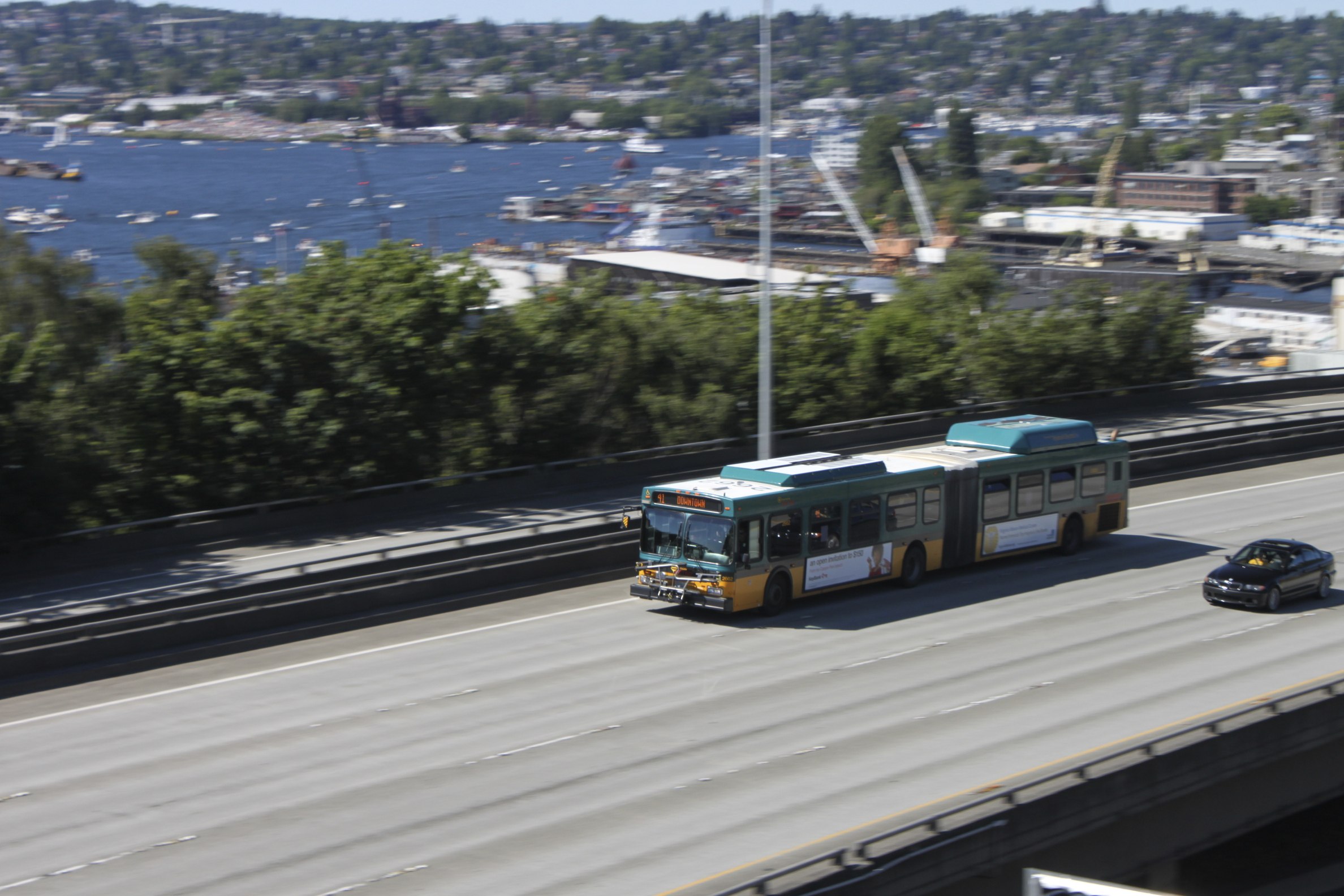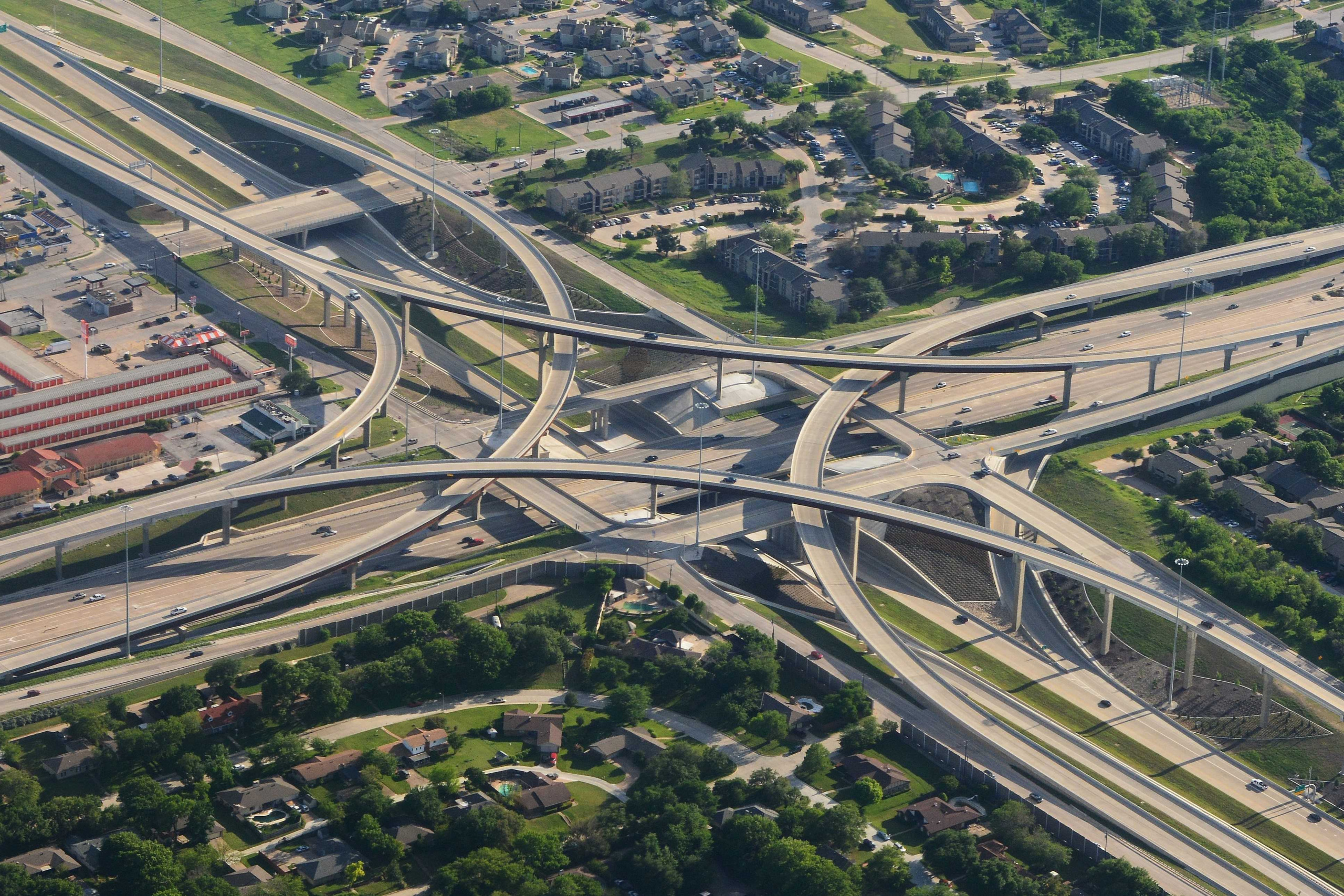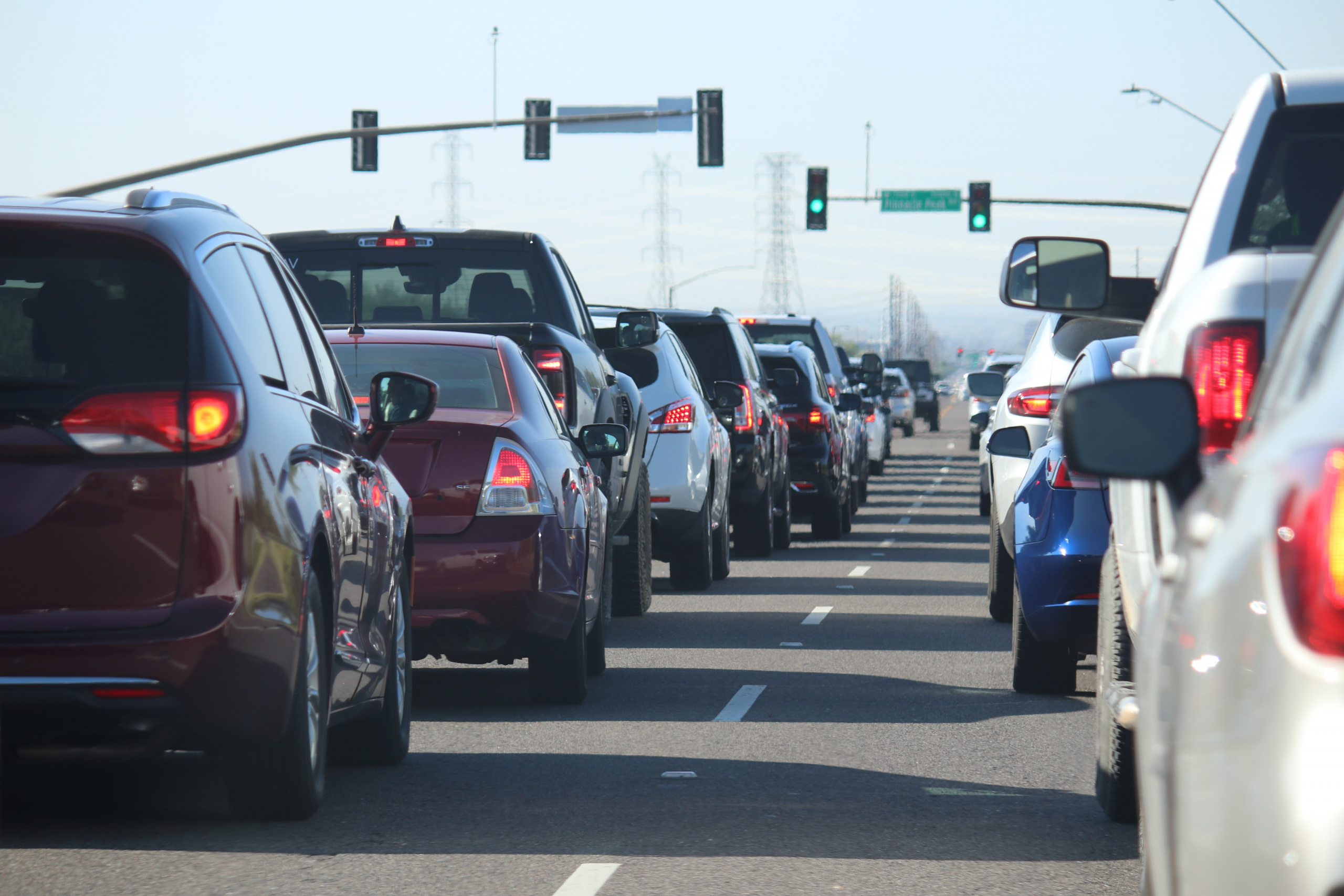
Inspiration for Fresh Thinking on Transportation: Munich
One of the first things that I read upon my return from vacation in Germany was Frontier Group intern Dana Bradley’s blog post about the need for a clear transportation vision for U.S. cities. She suggested that cities could look overseas for ideas. Based on my recent experience traveling around Munich, I think that’s a great idea.
One of the first things that I read upon my return from vacation in Germany was Frontier Group intern Dana Bradley’s blog post about the need for a clear transportation vision for U.S. cities. She suggested that cities could look overseas for ideas. Based on my recent experience traveling around Munich, I think that’s a great idea.
I spent a week in Munich, where getting around the city was convenient and simple without a car. First and foremost, Munich’s transportation system treats all modes of travel equally. At the airport, it was just as easy to walk to the train station as to walk to curbside pick-up to catch a cab. Throughout the city, a web of bus, tram and subway lines mean that transit passengers walk no further to their destination than do car drivers who have to park a few blocks away. Wide sidewalks and footpaths and bike lanes that often are separate from car traffic make walking and riding appealing and safe.
Next, using the transit system was easy. The subway, commuter rail, tram and bus networks all accept the same payment system. Transfers are free from one mode to another. Most transit vehicles—trains, trams and buses—had electronic signs onboard announcing upcoming stops, which made it really easy (even for non-German-speaking me) to get off at the right place. Train stations and major bus and tram stops had electronic signs telling passengers when the next vehicle would arrive, and which direction it was traveling. This meant that I didn’t have to worry that I was waiting at the wrong stop.
Transit also runs frequently and at all hours, making it a consistently reliable way to travel. The most crowded train I ever encountered was shortly after midnight on a Friday night, when subway service still operated at 10 minute intervals. Rush hour trains were full, but no so crowded that it caused delays.
The other aspect of the Munich transportation system that I admired was its recognition that different modes of travel have different limitations and needs. For example, while one-way streets can speed travel for cars, they cause trips by bike to be slower because they force riders to take a longer route in order to ride with traffic. In Munich, many streets that were one-way for cars were two-way for bikes—with a bike lane in each direction—to avoid this problem. On the other hand, Munich’s transportation system also acknowledges that sometimes the car is a best way to travel, and that the car becomes less effective when mixed in with bikes and pedestrians. Drivers on major thoroughfares don’t have to stop for pedestrians because travelers on foot can cross using underpasses.
With a well-designed, reliable transportation system, people have real choices about how to travel. Lots of people walked, biked or rode transit, including parents with small children (who in the U.S. almost exclusively drive, it seems to me). There were plenty of drivers, too, but with so many people walking and biking, drivers treated them as equals on the road, and not irritating obstacles that needed to get out of the way.
None of the pieces of Munich’s transportation system are radically different from what we have—no bullet train to the airport or monorail through town—but the pieces have been put together in support of a different transportation vision than what is typical in U.S. cities. That’s why looking abroad for transportation ideas can be so helpful.
Topics
Authors
Elizabeth Ridlington
Associate Director and Senior Policy Analyst, Frontier Group
Elizabeth Ridlington is associate director and senior policy analyst with Frontier Group. She focuses primarily on global warming, toxics, health care and clean vehicles, and has written dozens of reports on these and other subjects. Elizabeth graduated with honors from Harvard with a degree in government. She joined Frontier Group in 2002. She lives in Northern California with her son.
Find Out More

Less driving is possible

Electric School Buses and the Grid

Shifting Gears

